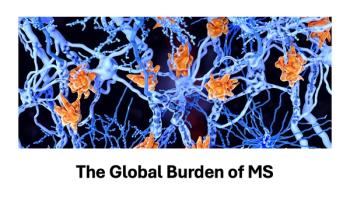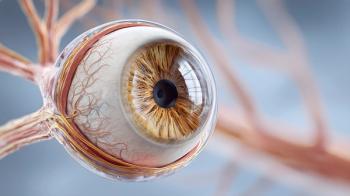
Measurement ensures better handwashing compliance
Clinician handwashing protocol varies widely. Standardized measures for monitoring handwashing are lacking and tracking costly hospital-acquired infections in relation to hand hygiene is spotty at best.
Key Points
Clinician handwashing protocol varies widely. Standardized measures for monitoring handwashing are lacking and tracking costly hospital-acquired infections (HAIs) in relation to hand hygiene is spotty at best. Some facilities are producing positive results with common sense efforts, yet a best practice for handwashing compliance remains uncertain.
Here's how Spectrum Health Hospital Group in western Michigan launched its hand hygiene campaign last year: A physician shared a personal experience about a time when he had transferred his mother out of a hospital after she developed a multidrug-resistant bacterial infection. He had observed a clinician failing to wash up prior to examining her, and being a physician himself, he knew the cause of the infection.
The seven-hospital system provided clinicians with personal motivation to wash their hands before every patient encounter. Staffers are required to remind co-workers who fail to wash up, and to thank those who remind them.
"We used a lot of individual tactics in the past on hand hygiene, but didn't find them successful," he says. "We have to use them altogether to overwhelm the problem. It requires constant effort."
HAIs cause more than 98,000 deaths annually in the United States, according to Infection Control and Hospital Epidemiology. Such infections occur in 7% to 10% of patients during their hospital stays. In 2006, it cost $8.1 billion to treat sepsis and pneumonia, just two common HAI-caused conditions, according to the Archives of Internal Medicine. A 200-bed hospital that improves hand hygiene compliance by just 5% can avoid four MRSA infections and $200,000 in added treatment costs a year.
Because of the severity of the problem, the World Health Organization and the U.S. Centers for Disease Control and Prevention (CDC) have issued new hand hygiene guidelines and compliance initiatives. The Joint Commission requires health facilities to assess their compliance with WHO and/or CDC guidelines "through a comprehensive program that provides a hand hygiene policy, fosters a culture of hand hygiene, and monitors compliance and provides feedback."
Hospitals and health facilities have focused greater attention on hand hygiene in the last few years because of growing concern about HAIs such as MRSA and clostridium difficile. The state of Maryland and the South Carolina Hospital Assn. recently launched statewide hand hygiene initiatives.
Maryland is using $100,000 in federal stimulus money to train staff in the state's 47 hospitals to report their co-workers' hand-washing compliance. The program, started in November, rapidly feeds compliance data back to hospital units on whether physicians and other staff are washing their hands when they enter a patient's room, when they leave and before doing an exam.
Bill Minogue, MD, executive director of the not-for-profit Maryland Patient Safety Center, which is spearheading the statewide collaboration, says secret observers-typically hospital staff who volunteer-are necessary because self-monitoring by hospital units leads to false reports of high compliance.
"This is not a gotcha program," he says. "It's about changing the culture, so that anyone who sees another worker who forgot to wash their hands can remind them."
Since the co-worker-observer program started, physician compliance at the 500-bed Sinai Hospital of Baltimore, the largest community hospital in the state, has hit 90%, according to John Cmar, MD, a Sinai expert on infectious diseases.
"I don't think having the observers has driven up compliance," he says. "It's been more the general physician education. I'm surprised we've gotten to 90% based on what the observers reported, but I won't argue with that number."
The University of Maryland Medical Center (U-M), which has done hand hygiene observation and education of staff for the past five years, also is participating in the collaboration. It previously had expanded the use of alcohol hand rubs by placing dispensers inside every patient room, on physician chart carts, at hospital entrances and elevator banks.
Additionally, U-M has publicized rates of compliance for different units and encouraged competition among them. A patient safety hotline encourages patients and families to phone in reports about clinicians not practicing good hand hygiene. Noncompliant physicians and staff receive additional training.
U-M staff compliance over the past several years has improved from about 75% to 95%, according to Joan Hebden, the center's director of infection control. U-M has seen its rate of central line infections decline, "but that's multifactorial," Hebden says.
Dr. Cmar acknowledges that it's harder to influence the independent community physicians who practice at Sinai than the employed physicians. While some doctors minimize the risks of not washing, others simply cut corners to save time, especially when patients are waiting.
Newsletter
Get the latest industry news, event updates, and more from Managed healthcare Executive.






















































